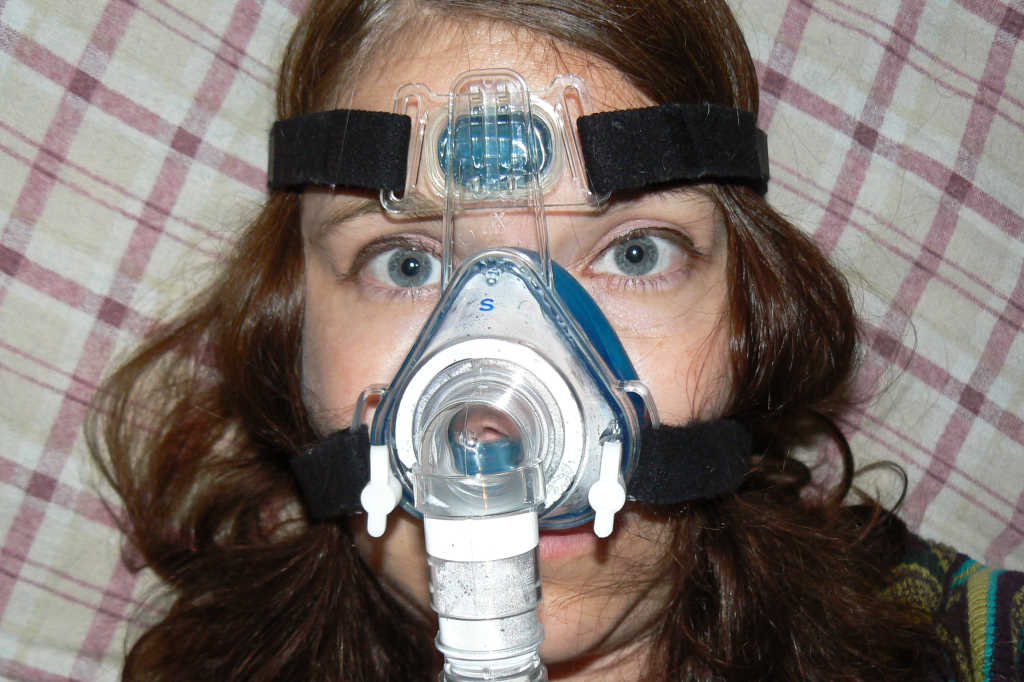Probing sleep apnoea and glaucoma link
A West Australian (WA) research team is testing the eyes of 500 patients to investigate possible links between sleep apnoea and the development of glaucoma.
Led by Professor David Mackey from the Lions Eye Institute (LEI), as part of the WA Apnoea and Vascular Endpoints Study (WAVES), in collaboration with the WA Sleep Disorders Research Institute, the study will investigate the effects of continuous positive airway pressure treatment (CPAP) on the retinal ganglion cells or neurons located in the retina.
Around 5% of Australians have formally diagnosed sleep apnoea, but a 2019 study by Dr Samantha Sze-Yee Lee, a LEI postdoctoral researcher, found 20% of young adults had the condition when assessed. “That same group was also found to have thinner nerves at the back of the eye, which can lead to glaucoma,” she said. “This was quite a shocking find in people so young. It raises the possibility that sleep apnoea may cause an accelerated rate of nerve thinning in the back of the eye.”
Dr Lee’s team will compare eye measurements of people with obstructive sleep apnoea on long-term CPAP treatment, which delivers a stream of oxygenated air into the sleeping patient’s airways through a mask and tube, against those with the condition not undergoing CPAP. If a relationship is found between the two conditions, it will raise questions about whether there is a genetic link and if CPAP can reduce glaucoma risk, said Dr Lee.



























